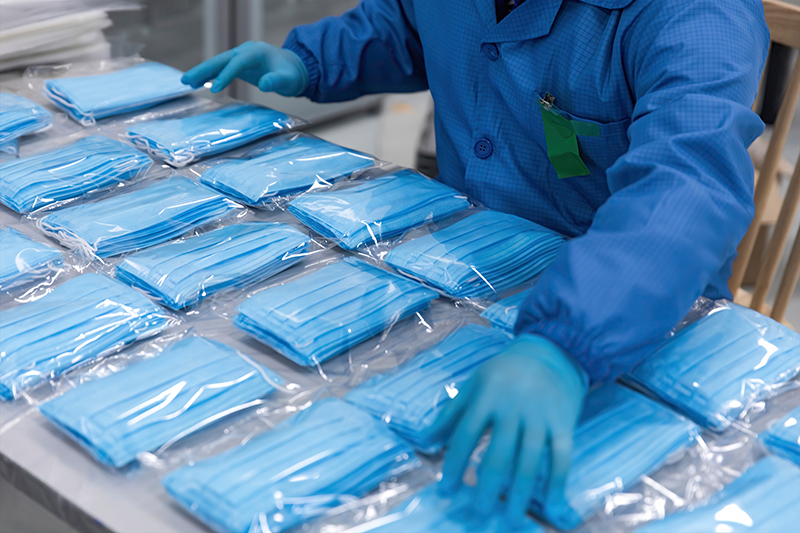Protein-capturing COVID-19 mask
A new type of face mask material is said to be 93% more efficient at capturing coronavirus proteins say inventors at the University of Liverpool, UK.

The scientists behind the material, Professor Peter Myers and Dr Simon Maher, say, 'The material is a spherical porous silica that was first developed for liquid chromatography, but the surface silanol concentration and the distribution of the silanols has been modified to capture the [COVID-19] S1 spike protein.'
They say, 'A major problem in liquid chromatography is in the separation of proteins. Hence, we have been trying to reduce this protein-silica adsorption for many years. The eureka moment came when we realised that the coronavirus has a protein covering. Thus, by reversing our approach and making the surface of the silica ‘protein active’, we could actually turn our problem ‘on its head’ to adsorb and trap coronavirus.'
At the same time, they increased the porosity of the silica particle to give it a very large surface area of 300m2/g, which is approximately the same area as a tennis court. Furthermore, they have increased the internal volume of the silica sphere to provide a large capacity to ‘capture’ the virus.
In the study, the porous spherical silica was applied to a simple cotton swab and it was found 'the average filtration efficiency of the material was 93% for a range of bioaerosols (various aerosolised proteins and SARS-CoV-2). Compared to a blank swab (control), the filter efficiency increased by ~17%'.
Alongside filtration efficiency, Myers and Maher highlight it is important to also consider the pressure differential or its ‘breathability’. They explain, 'It would be quite easy to make a filter approaching 100% filter efficiency (e.g. by simply using a thick material or multiple layers), but it would be of no practical use if it were not sufficiently ‘breathable’.'
They continue, 'Porosity is defined as volume fraction of voids within the silica. By controlling the pore size of the silica, the pore volume can be changed. So, for example, a solid silica would have a zero porosity and zero pore volume, whereas the porosity of microporous silica can range from 4% to 95% for mesoporous silica.'
Myers and Maher had been working together on high performance liquid chromatography processes where proteins ‘stick’ to the surface of chromatographic support materials for some time.
The work was mainly carried out in the Department of Chemistry and the Department of Electrical Engineering & Electronics at the University, with collaborators from the Liverpool School of Tropical Medicine.
Their next steps are optimising the silica surface to adsorb other viruses. The new material is at proof-of-concept stage, and the team has shown it works in face masks in addition to air filters such as those used in aeroplanes, cars and air conditioning.
'Furthermore, by changing the curvature of the silica (i.e. its particle size) it may be applicable to anti-bacterial surfaces,' says the team.







